Sitting at a desk all day takes a toll—on your back, your energy levels, and even your mental clarity. If you're an office worker struggling to stay active, you're not alone. But what if just 15 minutes a day could make a real difference? Enter Pilates: a low-impact, highly effective exercise system designed to strengthen your core, improve posture, and increase body awareness—all without requiring special equipment or a gym membership.
This guide is crafted specifically for busy professionals. You’ll learn how to start Pilates in just 15 minutes a day, stay consistent with minimal effort, and track your progress weekly to see real results.
Office jobs often involve long hours of sitting, leading to tight hips, weak glutes, and poor posture. Pilates directly counteracts these issues by focusing on core strength, spinal alignment, and controlled movements. Unlike high-intensity workouts, Pilates emphasizes quality over quantity—making it ideal for short, focused sessions during a lunch break or after work.
Studies show that regular Pilates practice improves balance, reduces lower back pain, and enhances flexibility—key benefits for anyone glued to a desk. Plus, its mindful nature helps reduce stress, sharpen focus, and improve breathing patterns.
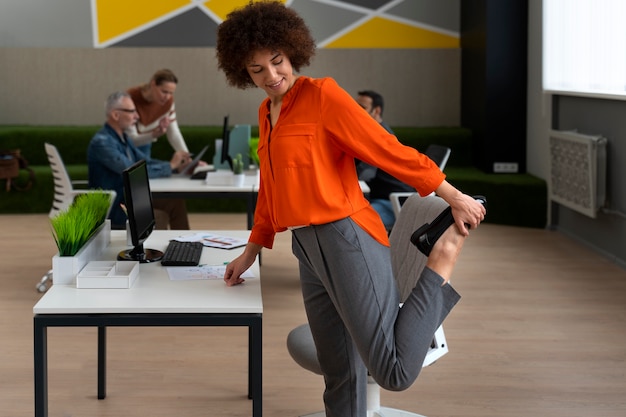
Starting small is the key to long-term success. Here’s a simple plan to get you moving in just 15 minutes a day:
Choose a time that fits naturally into your routine—right after waking up, during lunch, or before dinner. Consistency matters more than duration. Even five days a week will yield noticeable changes over time.
All you need is a quiet corner and a yoga mat. Keep your space clutter-free and distraction-free. This helps signal to your brain that it’s time to focus and move mindfully.
Begin with this beginner-friendly 15-minute sequence:
Perform each movement slowly, focusing on breath and alignment. Use online videos or apps if you need guidance, but aim to build muscle memory so you can practice independently.
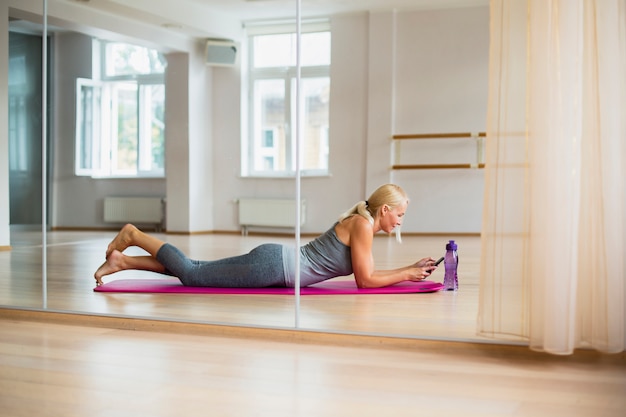
Motivation fades, but systems last. Use these strategies to stay on track:
What gets measured gets improved. Every Sunday, take 5 minutes to assess your progress using these simple metrics:
Write your observations in a journal or digital note. Over time, this log will show tangible improvements, even when you don’t feel them day-to-day.
The goal isn’t perfection—it’s progress. If you miss a day, simply resume the next. As your strength and confidence grow, consider increasing to 20 minutes or adding a second weekly session.
You can also explore advanced Pilates moves, join virtual classes, or use resistance bands to add variety. But never lose sight of the core principle: small, consistent actions lead to lasting change.
Starting Pilates doesn’t require a major time commitment or fitness overhaul. Just 15 minutes a day, done consistently, can transform how you feel at work and beyond. By improving posture, reducing pain, and boosting mental clarity, Pilates becomes more than exercise—it becomes a tool for a healthier, more productive work life.
Begin today. Your body—and your future self—will thank you.

Fitness

Fitness

Fitness

Fitness

Fitness

Wellness

Fitness
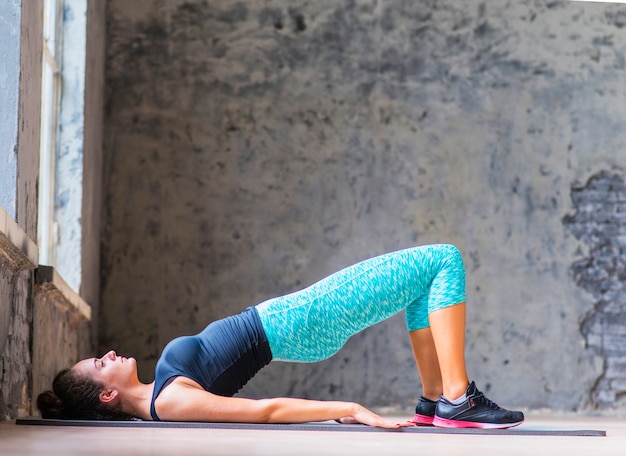
Fitness

Fitness

Fitness
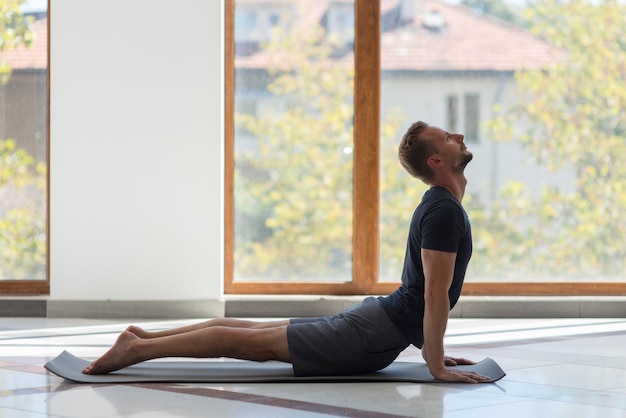
Wellness
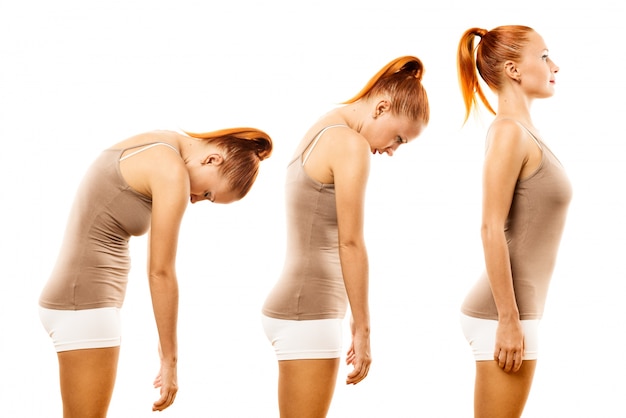
Wellness

Health

Fitness

Health

Health